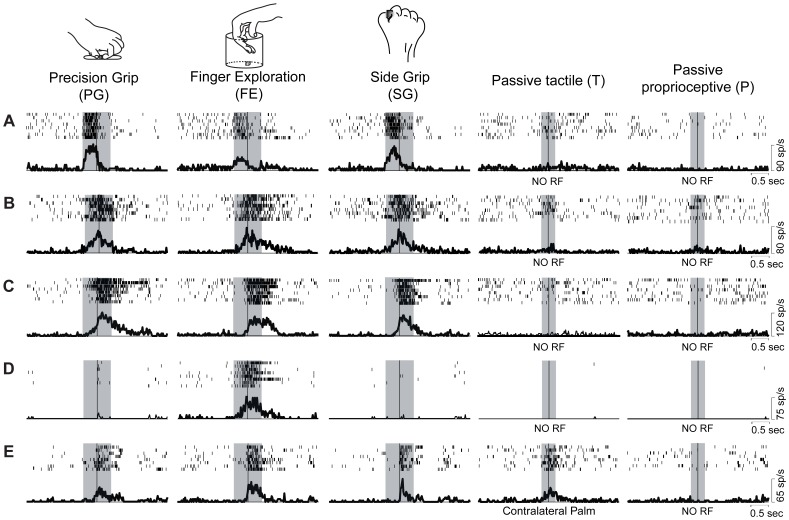Figure 2. Examples of hand-manipulation-related neurons (A-D) and an example of somatosensory-related neuron (E).
(A) Example of ‘Pre-contact-selective’ type. This type of neurons shows a vigorous discharge before the hand-target contact in different grip types. (B) Example of ‘Middle’ type. This type of neurons discharges before the contact and during holding phase after hand-target contact. (C) Example of ‘Post-contact-selective’ type. This type of neurons shows the best response during holding phase. (D) Example of a high grip-selective neuron with an high preference index (PI = 1.0). In all hand-manipulation-related neurons (A-D), activity during somatosensory stimulation does not significantly differ from baseline activity (p>.05, n.s., for both tactile and proprioceptive stimuli). (E) Example of somatosensory-related neuron. This type of neurons shows somatosensory receptive field (RF) on the monkey’s fingers and hand with responses significantly stronger than baseline activity (p<.05). This type of neurons shows peak discharge at the moment of hand-target contact independently from grip types. Raster and histograms are aligned at the monkey’s hand-target contact. In the somatosensory tests, raster and histograms are aligned at the moment in which the experimenter applied the stimuli onto monkeys’ hands. The gray shaded regions indicate the two hand-manipulation epochs (pre-contact and post-contact). Both in passive tactile and proprioceptive somatosensory stimulations, gray shaded regions indicate a single stimulation epoch. Each epoch lasts 400 msec.

